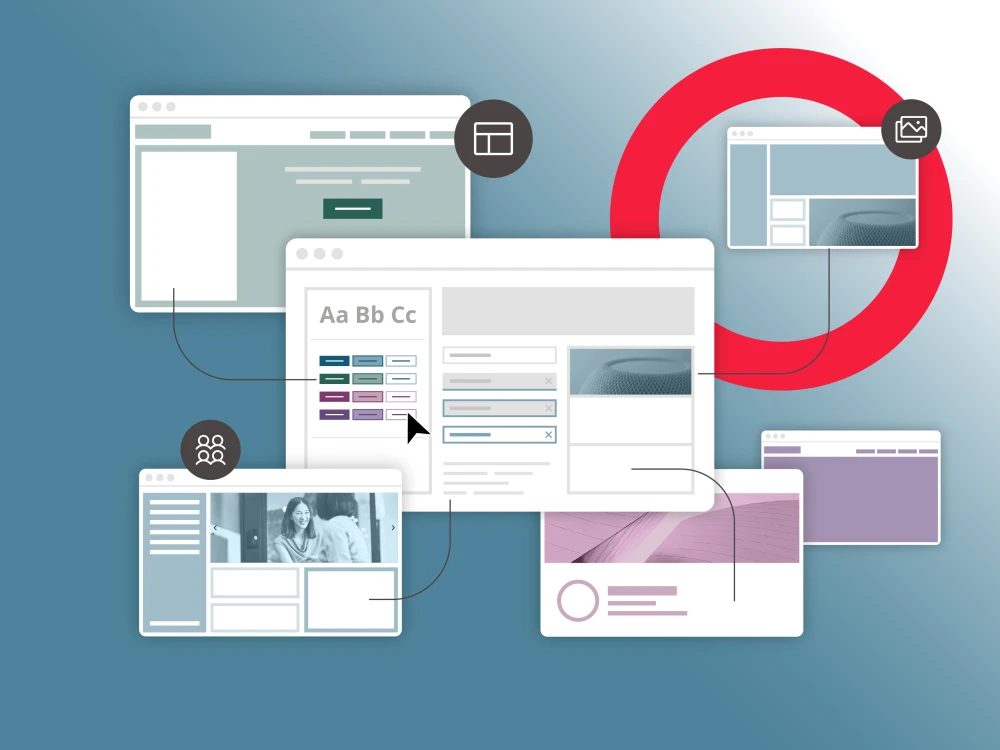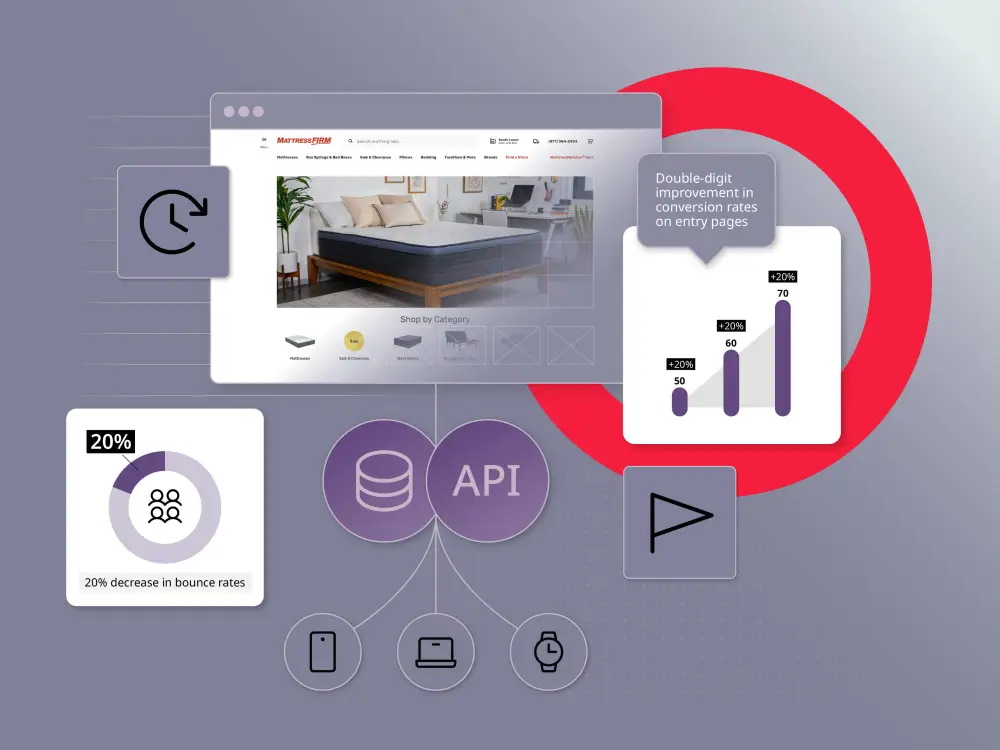Companies today are increasingly looking to rapidly deploy multiple sites in the same instance. For example, an organization or publisher might wish to centrally manage sites across their portfolio to maintain brand consistency while reducing the burden for site administrators and technical teams. Simple, right?
Fortunately, it can be with the right tools. With a modern CMS solution, organizations in a multisite environment can contribute content and publish to more than one site—despite geography and language. If a publishing company runs two websites, for instance, it can manage both of them directly from the same CMS. This is particularly useful if the company wants to publish the same content on both sites, meaning users can create an item once and publish it simultaneously.
Multisite management plays a big role in brand consistency—a crucial part of any brand’s growth and longevity—as it helps users understand how the various areas of a brand come together. Content governance, or the system or set of guidelines for how content gets created and published, is also key to consistency. For global organizations that need content distributed on sites around the world in their native languages, they can publish more efficiently and realize cost savings when consolidating multiple publishing tools onto a single CMS.
The full team—across IT, publishing, marketing and more—has a role to play in establishing and maintaining this consistency. Luckily, there are solutions that help with exactly that.
Multisite integration options
Supporting a multisite environment can introduce complexity—from maintenance and security to content management and standardization—for IT departments if the right solution and architecture aren’t leveraged.
Organizations often turn to WordPress Multisite for support, which is a feature that allows users to create and run multiple WordPress websites from a single WordPress dashboard. WordPress customers can use it for a variety of purposes, such as updating websites with a single click or charging subscribers to create a website on their Multisite network. However, there are other options worth exploring.
What organizations gain from Brightspot CMS, which is naturally multisite and multi-language:
- Rapid migration: Brightspot was designed to support every single site a company manages in a single instance. The platform allows users to rapidly consolidate huge site portfolios onto Brightspot, allowing for migration to a new system without delay.
- Share content between sites: Since all sites are managed within Brightspot, teams can share content from one to another, or to all sites, depending on requirements, which is both cost- and time-saving. This includes multi-language and multi-national sites.
- Reliable, proven plugins: WordPress has thousands of plugins that users can spend hours reviewing to try to figure out which one is the best for their use case (and one that won’t crash their site). Brightspot instead offers built-in, battle-tested plugins that have been used in production by customers. They’re proven, and they’re reliable—there’s no guesswork.
Ultimate multisite flexibility with Brightspot
Brightspot provides an evolved CMS platform that is front-end agnostic with an extensible architecture that is API-first so that users can publish how they want—headless, decoupled or hybrid—all within the same environment. In other words, organizations have ultimate flexibility with Brightspot in choosing the approach that works best for their unique business needs.
An organization, for example, could choose a decoupled environment but use a headless approach to build a one-off microsite that’s completely separate. This can still be powered by the same CMS data on the back end, meaning there are fewer constraints.
So, what does this look like in action? We know that virtual events will continue to be the norm in 2021, and the Brightspot platform makes it possible for any business to rapidly deploy multiple sites for virtual events in the same instance. By allowing teams to quickly roll out custom microsites without unnecessarily building everything from scratch or learning new interfaces, businesses can focus on creating an engaging virtual experience for attendees.
Another example is how Televisa, the largest multimedia company in Latin America and the Spanish-speaking world, decided to replatform its sites onto one multisite, headless CMS. Wanting to step away from leveraging several platforms to manage all of its digital properties, the company’s front-end developers and editorial teams worked with Brightspot to migrate all of its content and create a model with the first headless site launch, Las Estrellas. Televisa replatformed a total of nine sites in just five months, ultimately saving the organization both time and money.
Brightspot understands multisite, multi-language environments and is helping organizations across the globe tackle their unique challenges head-on. Learn more about Brightspot’s multisite and multi-national capabilities here.










